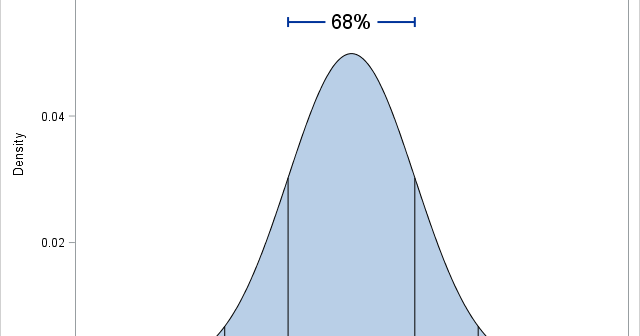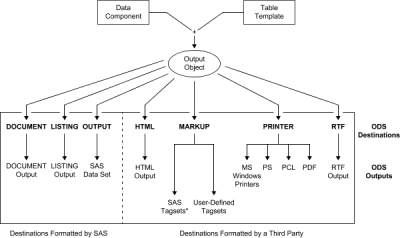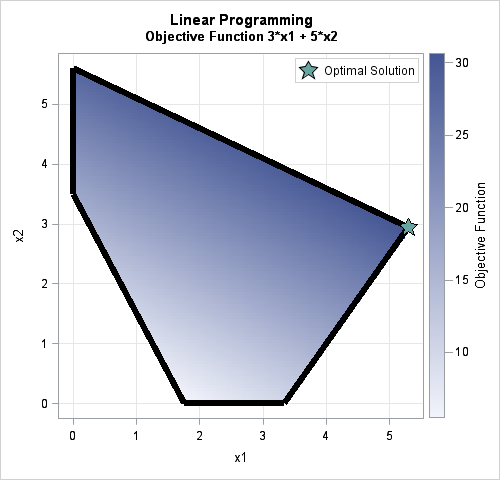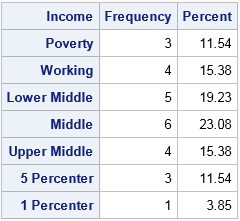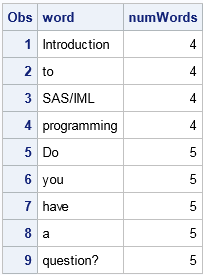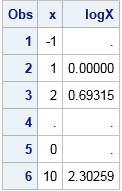
I have previously discussed how to define functions that safely evaluate their arguments and return a missing value if the argument is not in the domain of the function. The canonical example is the LOG function, which is defined only for positive arguments. For example, to evaluate the LOG function

